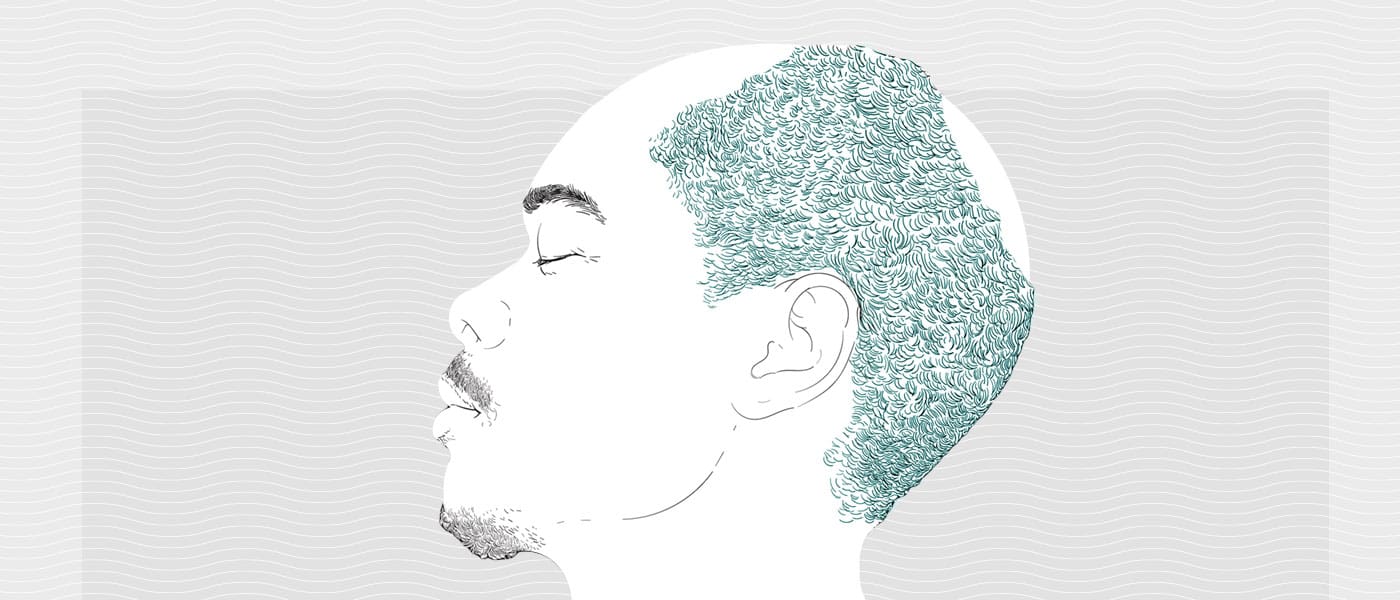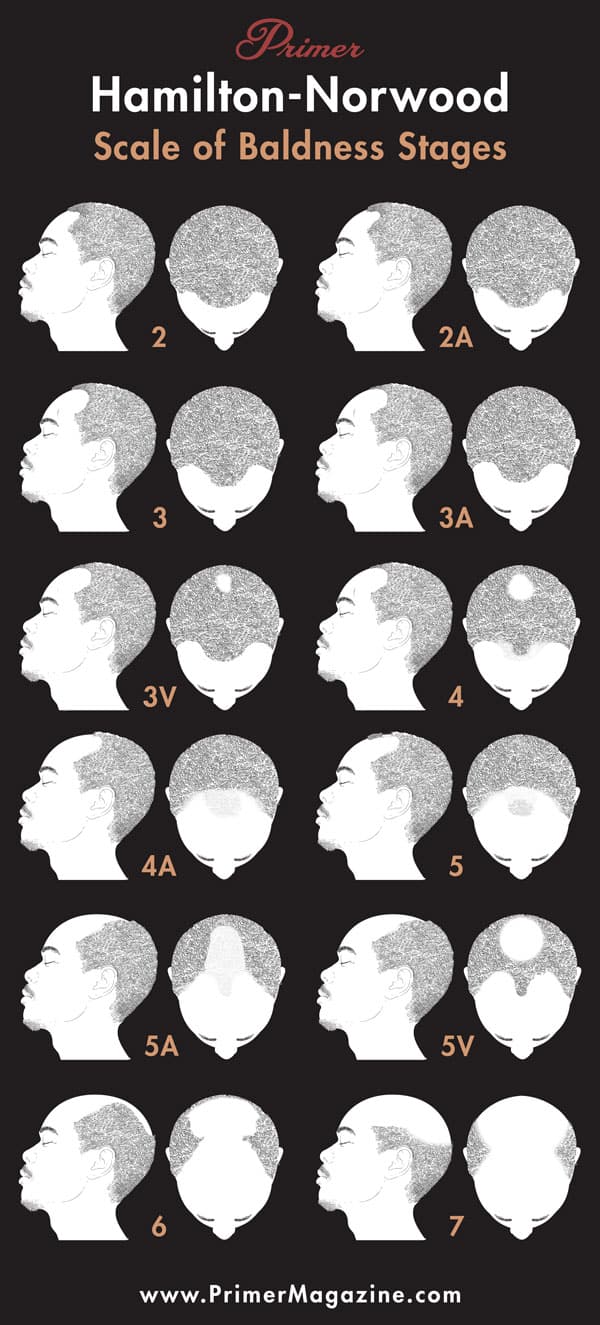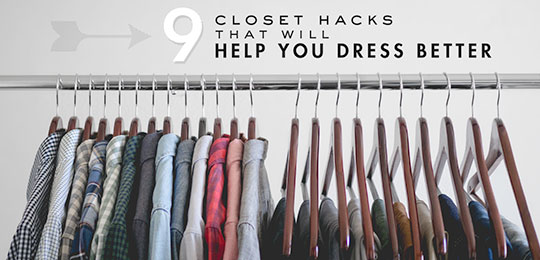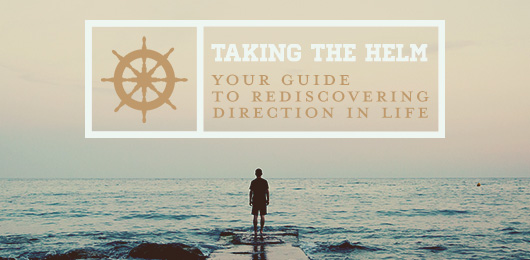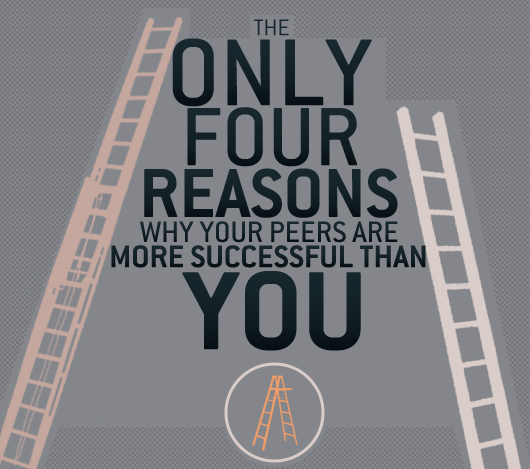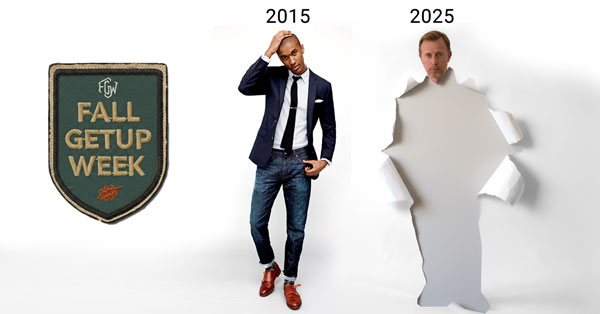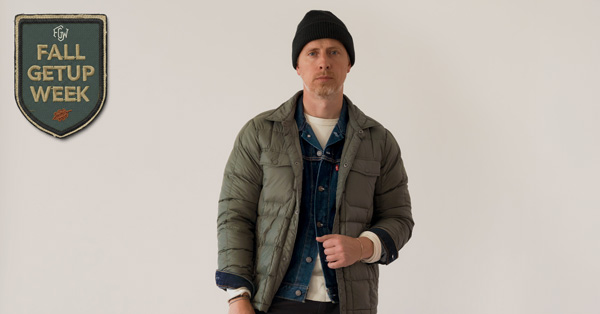When I was 20, I was t-boned driving in my little Ford Focus. When I talked to my insurance agent, he told me the worst thing I could do was looking for meaning in the accident: “Don’t start looking for a reason that this accident happened or that the universe chose you over anyone else. There is no reason; sometimes things just happen.” Good advice, and over the years I’ve found myself needing to apply that advice to a myriad of misfortunes in which I’ve found myself.
If you’re reading this, and you’re losing your hair, I’m going to give you the same advice: Don’t look for meaning, and don’t start thinking that you’re being singled out or punished for anything.
Hair loss happens; in fact, by age 35, 66% of men in America will experience noticeable hair loss, and 40% of people living with hair loss in America are actually women. The question isn’t Will I lose my hair? Honestly, you might.
The real question is: what information do you need right now to keep moving forward? Do a simple Google search on “hair loss” and you’ll get over a billion results. It feels like half of those results are articles or studies sponsored by hair-loss treatment centers or brands, while the other half simply recycle the same old things we’ve heard for years about what causes hair loss and how to treat it. Does wearing hats really cause male-pattern baldness?
We’re here to figure it out.
When it comes to hair loss and baldness, what’s the good information? What do you really need to know to understand what’s happening? And are there legit, proven tools for fighting it … or just coping effectively? We’ve done the research to answer these questions – and discovered some things that might surprise you.
What Really Causes Hair Loss
1. Hair loss comes from my mom’s genes, right?
Your genetic makeup is the product of your mom and your dad; thus baldness can come from either side. Old family pictures aren’t going to tell you much about your potential hair loss; ultimately it comes down to how your body will handle dihydrotestosterone (DHT), which is what a small percentage of your testosterone becomes over time. While DHT is a male hormone, both men and women have it in their bodies. Depending on your body’s sensitivity (and scientists aren’t quite sure what it is about your specific heredity that makes you more or less sensitive), this hormone will bond to your hair follicles, essentially killing them; as a side effect, that means no more hair. You can read more about DHT here.
The Facts: Yes, genetics contributes to hair loss. No, we’re not really sure exactly how.
2. Can my stress and anxiety cause hair loss?
While this is somewhat debated, when you’re stressed, your body releases cortisol (appropriately known as the stress hormone), which can slow down your hair growth. This in turn causes your hair to become thin and possibly fall out. Typically the normal stress you experience in your job or personal relationships isn’t enough to make your hair fall out (though it doesn’t help). But a major surgery, the death of someone close, a divorce — these may be enough to cause some hair loss. Luckily, if your hair loss is caused by stress, chances are good that you’ll experience regrowth within a few months.
The Facts: Your daily stress isn’t going to make you go bald, but it’s not helping.
3. Do certain hairstyles contribute to hair loss?
While there is no hard-and-fast rule about which hairstyles you have to avoid, anything that keeps your hair consistently taut (think cornrows, braids, or a tight man-bun) puts stress on your follicles, which can lead to hair loss, especially if your hair is already thinning. According to the American Hair Loss Association, even, “Aggressive brushing, back combing, and other grooming techniques that put a lot of physical stress on the hair fiber can cause the cuticle to flake and strip away.” In short, take care of your scalp and hair with regular washing (though not every day if you can avoid it) and conditioning, and don’t be vicious with the brush.
The Facts: Yes, certain hairstyles can contribute to hair loss. Remember that your hair is delicate and treat it accordingly.
4. If I lose my hair, am I still attractive?
No matter how beautiful your locks once were, trust me, they were not the driving force behind what made you attractive. If you don’t believe me, ask Bruce Willis, Jason Statham, Vin Diesel, Mark Strong, Dwayne Johnson, or Tyrese Gibson if they’re less attractive simply because they don’t have hair. (And don’t fall into the thinking that just because these are handsome actors, it doesn’t count. BuzzFeed Photoshopped hair onto them, and we actually think they’re clearly more handsome without it.)
A man’s attractiveness is one part looks and three parts personality. There’s no question that hair loss is a shot to any man’s ego, but make no mistake — the value of the hair you once had pales in comparison to your ability to be kind, respectful, strong, and funny. Hair loss means you’ve lost your hair. You haven’t lost yourself. Carry yourself like you remember that, and you won’t miss a step. You’re still an attractive dude.
The Facts: Your hair matters, but what kind of man you are matters more.
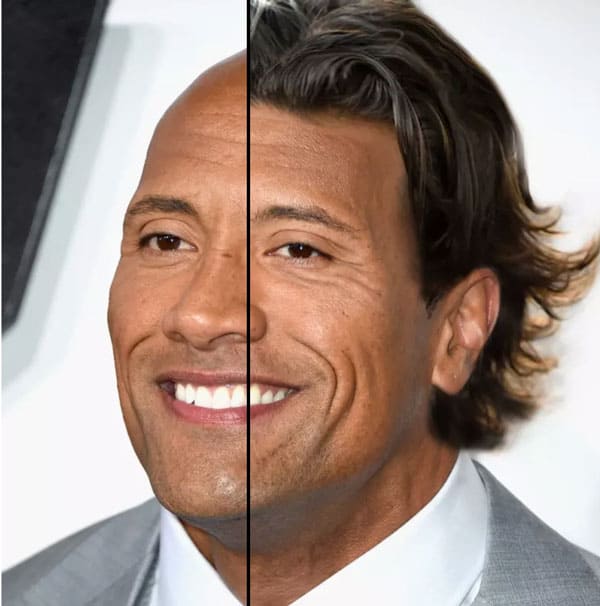
BuzzFeed
What Can I Do To Stop My Hair Loss?
Now that we’ve covered what actually contributes to hair loss, let’s talk about what you can do about it. There are myriad hair loss remedies out there, but honestly, only a few actually have the data to show that they work.
And while it’s not going to alter your genetic makeup, you can start by decreasing the stress in your life. Remember how cortisol can affect hair growth? It also affects your blood sugar, metabolism, immune system, and even your heart. Your body reacts to what’s going on in your mind, and fretting yourself sick over that work presentation isn’t doing your hair follicles any favors — let alone the rest of you.
There isn’t much science out there to support holistic hair-loss remedies, so let’s just stick to the mainstream:
1. Rogaine (Minoxidil)
Rogaine was initially intended to treat high blood pressure, but the test patients all seemed to have one side effect in common: hair growth. Rogaine, which is the brand name of Minoxidil, was approved by the FDA in 1996 as a hair loss drug (both over the counter and prescription). In a 2004 study, 62% of men reported that their hair loss had significantly slowed down after one year of use.
Scientists still aren’t sure why Rogaine works the way it does, but keep in mind that it’s better at slowing down hair loss than causing hair to regrow (though it will promote some regrowth.) So if you’re already completely bald, Rogaine won’t really help you.
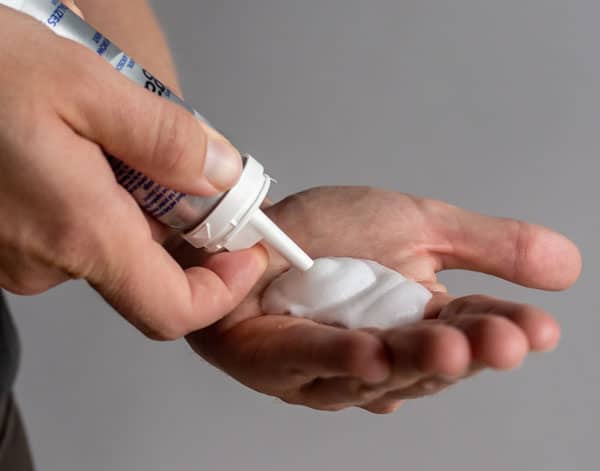
Minoxidil can be purchased as a foam or liquid, available from brand name Rogaine and generics | Amazon, $44
The downsides are that it’s not cheap, and you have to use it twice a day…every day for the rest of your life. And if you stop using it, the hair that it preserved or regrew will fall out. According to Healthline, Rogaine works best for people with hereditary baldness (meaning you start going bald in the back of your head, just beneath your crown) who are under 40 years old.
Don’t be alarmed if you start using Rogaine and even more of your hair temporarily falls out: It’s normal. This means your follicles are shedding some of your old, thinning hair in an effort to create new, thick strands.
Kirkland Signature Minoxidil Liquid on Amazon, $26
2. Propecia (Finasteride)
Remember how your sensitivity to DHT leads to hair loss? Propecia tells your body not to let testosterone turn into DHT, thus allowing your existing hair to keep growing and even promoting regrowth in spots where you’ve experienced loss or thinning.
Originally Propecia was used to treat enlarged prostate glands (under the name Proscar); like Rogaine, it was found that a common side effect was hair growth. In 1997 the FDA approved Propecia for hair loss treatment, and the American Hair Loss Association calls Propecia the “first line of attack” when you start noticing hair loss, provided that you start treatment early.
Propecia works best with male pattern baldness (the kind that starts with a receding hairline), so it works well in tandem with Rogaine, allowing you to effectively treat all areas of the scalp where hair is most likely to fall out; however, unlike Rogaine, Propecia is a daily pill.
You’ll have to get a prescription if you want to use Propecia, and be sure to ask your doctor if they can prescribe you the generic, finasteride. If you go with the brand name, most insurance companies won’t cover it.
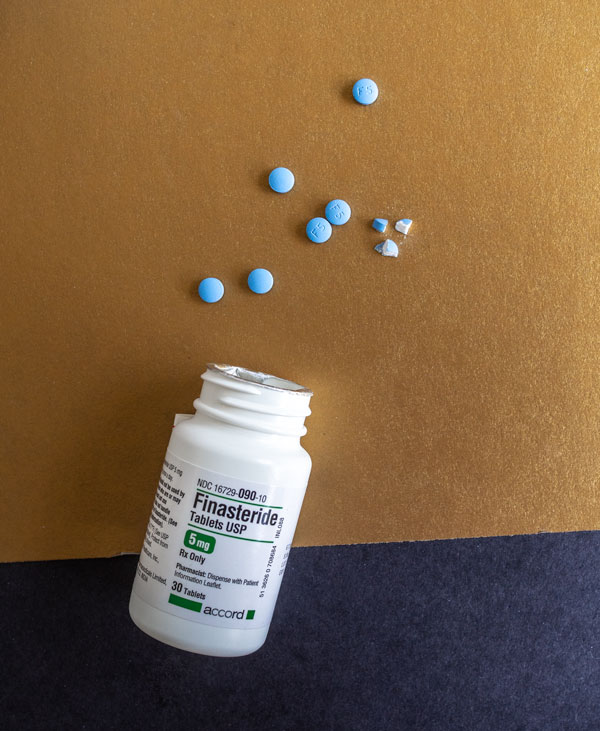
Propecia can be found cheaper by getting a higher dose of generic finasteride and using a pill cutter. Finasteride requires a prescription from your doctor or a web service like Hims, Roman, or Keeps.
While most guys have success with Propecia, there is a slim chance that you’ll have some side effects of a sexual nature…and not the good kind. A small number of guys have experienced loss of libido or difficulty maintaining erections long enough to orgasm. Thankfully, this isn’t the norm, so ask your doctor what he or she thinks is your wisest course of action given your medical history and current medications.
3. LaserComb
The Hairmax LaserComb is…well it’s a little weird. The idea is that low levels of therapeutic light stimulate your follicles into growing hair. It is FDA approved, but there isn’t a ton of evidence that it’s effective, and the online reviews are frankly mixed.
Since hair loss is primarily hormonal, you’ll be hard-pressed to find a doctor who believes that shooting light into your scalp will cure your follicle woes, but hey, it might be worth a shot. To be fair, Rogaine is also a topical treatment; however, 1. It’s proven to work, and 2. It operates on the subcutaneous level.
4. Dietary Changes?
If you’ve wondered, “Does my diet influence hair loss?” you’re not alone. While no one can point to a single, prescription diet to promote hair growth, it’s thought that a diet rich in fatty acids, vitamins A, B, C, D, and E, selenium, and zinc is a good place to start. This means eating fatty fish like salmon, nuts, berries, avocados, eggs, sweet potatoes, spinach, oysters, soybeans, and shrimp. You know…healthy foods. To be clear, there isn’t much science to support the idea that your diet can drastically affect hair loss one way or another, but there is plenty of science to support the idea that a healthy diet is…well…good for you. So we’ll simply say that if you eat well, it can only help.
Where Do I Start?
1. Call Your Doctor
If and when you start noticing hair loss, call your doctor. He or she knows you, knows how your body works, and can make sure that this is just hair loss and not something more serious. Talk openly about your concerns, your options, and possible side effects of new medications. And while you shouldn’t be indignant, remember that your doctor works for you. If you feel like your concerns about your hair loss are swept under the rug, push back, or get a new doctor.
2. Check out these online retailers for minoxidil and finasteride.
Over the last few years, a number of hair loss-focused online retailers have popped up, making subscribing to generic Rogaine and Propecia simpler, cheaper, and faster.
Hims
Think of Hims as the modern man’s apothecary. Hims will set you up with an online medical consultation and point you in the direction of the proper treatment given your unique hair loss concerns. They have a full prescription kit (which is basically finasteride and minoxidil), and a non-prescription kit if you’d rather skip the medical consultation. They ship your products monthly, so you need not worry about running low or running out.
Keeps
Keeps was founded by two friends who wanted to fight their own hair loss with a no frills approach. They strive to keep quality high while keeping costs low. Simple packaging, FDA approved treatments. Easy. Keeps streamlines the process so that once you notice hair loss, you can start treatment as soon and as efficiently as possible. Sign up on their website, and they’ll set you up with a doctor consultation, a treatment plan, and regular deliveries of minoxidil and finasteride right to your door. The prices are reasonable, and they’re up to 483 five-star reviews.
Hair Loss Happens, And You’ll Be Okay.
You’re not being punished, and the universe hasn’t singled you out: sometimes hair loss just happens. If you start losing your hair — or you’re already going through it — slow down, take a few deep breaths, and give your doctor a call. Have a frank conversation about what options are best for you, what side effects you’re willing to possibly endure, and which prescription avenues you can take to save you money and get you results. There are answers; your life will go on; and yes, you’re still a good-lookin’ dude.



